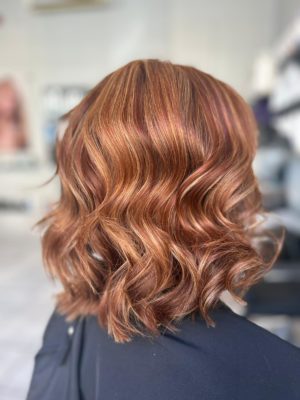
Curly or straight: What determines hair shape?
Your hair is unique, whether straight, curly, or wavy. But what biology is at play? Curvy or straight hair follicles set the look of each hair throughout your life.
Hair has several biological and cultural functions. It protects the scalp from sunlight and keeps it warm in cold weather. It is also essential in social communication.
The hair follicle is a complex, multi-cellular structure buried deep inside your skin. Straight hair follicles produce straight hair fibres, while curly hair grows from curved follicles. But why are some hair follicles curvy, and how does a hair get its curl?
Curly hair includes a wide range of hair fibre shapes, from twists and crimps to waves and kinks. The shape of each hair follicle is said to be determined during embryonic development, but scientists have yet to learn exactly how this happens. Curvy hair follicles are “S-shaped,” meaning they have two bends. This shape is set for life, although the hair follicle naturally undergoes structural changes every few years.
Each hair grows for around 3 to 5 years before undergoing a resting phase of several months, and then, eventually, it falls out. During this resting phase, the hair follicle changes in structure, essentially shrivelling up in the skin. To start a new cycle, the follicle returns to its original shape.
Curvy follicles always grow back curvy, but what regulates this remarkable re-establishment of curvature in the follicle remains a mystery.
In addition to the shape of the hair follicle, scientists believe that differences in cell behaviour during hair fibre production contribute to hair shape.
In straight hair, all the cells in the follicle are the same and are uniform, leading to even hair growth from the straight follicle. These hairs are round.
However, in curly hair, the way that the cells divide is uneven, and more cells may form on one side of the hair shaft than the other, creating tension, which in turn makes the hair bend or curl. Scientists have yet to explain how exactly the different types of twists, kinks, and waves are created from this elliptical shape.


